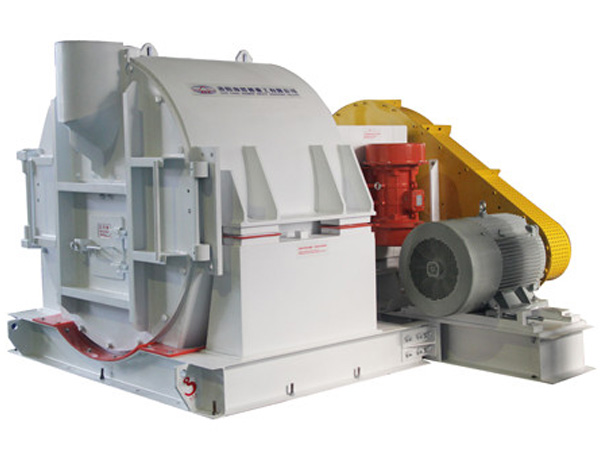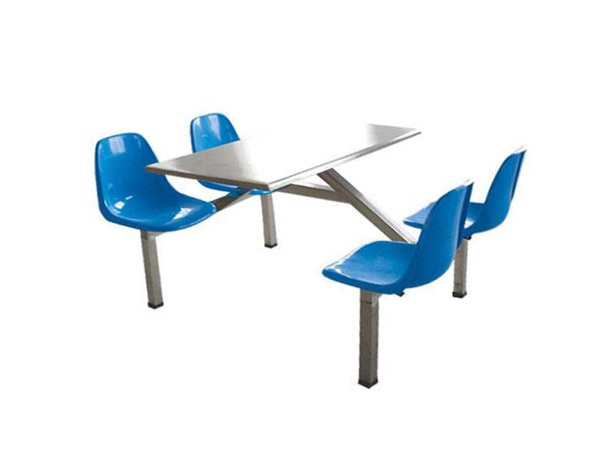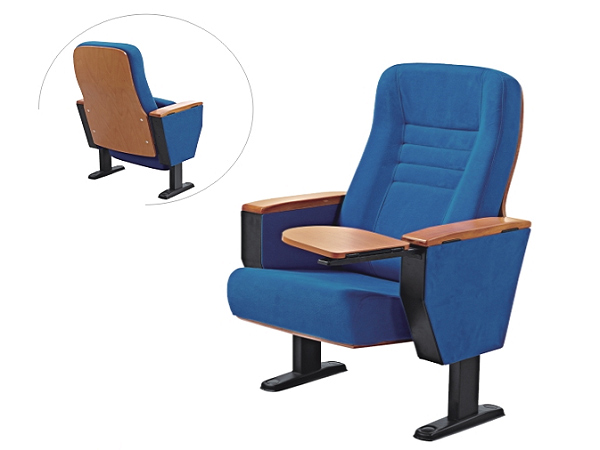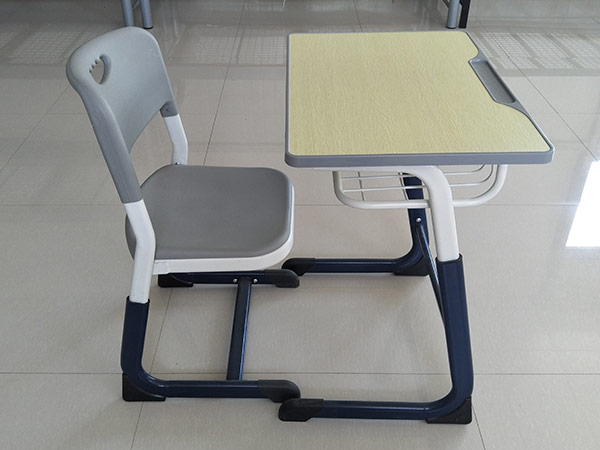General regulations:
1. Operators and maintenance workers of coal centrifuges must undergo relevant training, and be issued with certificates after passing the examinations.
2. All operators must wear labor protection (including work clothes, hats, shoes, gloves, etc.) according to regulations. Female workers must put their hair braids in their hats. It is forbidden to wear scarves, wear high heels and slippers or work barefoot on site.
3. When cleaning the work site, it is strictly forbidden to wash electrical equipment, cables, lighting, signal lines and equipment transmission parts with water, and do not pour the bearing bush with water to cool down.
4. The work site should always be kept tidy and clean, the ground should be “Five No Leaks” (no coal, no water, no dust, and no debris), and the equipment should be “five no leaks” (no coal, no water, no leakage). No oil, no electricity, no air leakage).
5. The pressure protection and torque limit locking device of the compulsory lubrication system must be complete and intact, sensitive and reliable in action, and it is strictly forbidden to throw it away.
6. The coal centrifuge should be started when there is no load, and it is forbidden to feed in materials or rinse with water before it is started.
7. The coal-carbon centrifuge fails during operation and must be shut down for processing. Before overhauling or opening the observation hole, overhaul hole or locking device, the system must strictly implement the power failure tagging system.
8. The feed of the coal-carbon centrifuge should be kept uniform, and debris, especially iron, should be prohibited from entering the machine. Overload operation is strictly prohibited during operation.
Operating procedures

(1) Check before driving:
1. Check whether the oil level in the fuel tank is appropriate (the appropriate oil level is 3/4~1/2 of the observation window), whether the oil is clean and meets the requirements, whether all cover bolts are fully tightened, and whether there are sundries around that affect the centrifugation The factor of the flexible operation of the machine, there is no debris or loose parts on the screen basket.
2. Turn each rotating wheel by hand to see if the centrifuge can rotate freely (flexibly. Check the tightness and wear of each V-belt, and see if there is any breakage or job-hopping.
3. Check whether the inspection holes and observation windows are tightly closed, and whether the fasteners are firm
4. The start sequence of the centrifuge is: first start the oil pump motor, wait until the oil pressure is normal, then start the main drive motor, and finally start the vibration motor.
(2) Start and stop
Start the car
1. The operation of this equipment is divided into two operation modes: centralized control automatic operation and on-site manual operation. During the normal production period, the centralized control automatic operation mode is adopted, and the on-site manual operation mode can only be adopted in the case of maintenance and failure. The conversion between the two modes is done by centralized control by clicking on the corresponding device icon and then selecting centralized or local completion, or by selecting the operation mode of the entire system from the control homepage as centralized or local completion. Note: The front and rear locking relationship of each device is released when operating in the local manual operation mode. Try to avoid using it in production!
2. Centralized control automatic operation mode: After receiving the command to start the vehicle in the centralized control room, after checking and confirming that there is no maintenance and other personnel work on the associated equipment near the equipment and before and after the equipment, open the lock of the equipment control button and notify the central office. The control room can start the car. The starting process is automatically completed by program control.
3. Check the normal operation of the equipment, vibration and lubrication, and notify the centralized control room for normal coal production.
4. On-site manual operation mode: first contact the centralized control room to confirm whether the equipment is in on-site mode. On the premise of checking and confirming that there is no maintenance and other personnel working on the associated equipment near the equipment and the front and rear of the equipment, open the lock of the equipment control button, and press the start button of the lubricating oil pump to start the oil pump. When the oil pressure exceeds 0 8 bar [delay 30 seconds], press the start button of the main drive motor to start the main motor. After the host is running normally [delay 5 seconds], press the vibration motor start button to start the vibration motor. When the vibration is normal, the start-up process of the whole machine is completed, and the feeding and production can be performed normally.
Stop the car
1. Normal centralized control automatic parking is automatically completed in sequence after the centralized control room clicks the system parking button of the corresponding system.
2. On-site manual normal shutdown method: first stop feeding. After all the materials in the equipment in operation are drained and thoroughly rinsed with water, the machine can be shut down. First, press the stop button of the vibration motor and the main drive motor one after another, and then press the stop button of the oil pump after the equipment is completely stationary.
3. In the centralized control mode, the equipment can be parked by pressing any parking button on the spot.
4. When the oil pressure of the pressure switch drops below the specified value (0.3 bar for the TEMA HSG1400 type) due to the loss of lubricating oil, pipe rupture, blockage, etc., the pressure switch will automatically stop the main motor power supply to achieve shutdown.
5. When the coal centrifuge is overloaded due to material overload, debris jam or mechanical failure, the torque limiting device will automatically stop the main motor power supply to achieve shutdown.
2. Matters needing attention during operation:
1. Pay attention to any abnormal sound during operation, check immediately and eliminate the cause before starting the machine, but note that the number of stops within one hour cannot exceed four times.
2. The feeding requirements are uniform. Pay attention to the filtrate discharge system should have sufficient air volume. The blockage of the ventilation pipe will affect the moisture of the product. The product moisture is high and there are coarse particles in the filtrate. The reasons must be checked and dealt with.
3. Pay attention to whether the mechanical operation and vibration are abnormal, the normal amplitude is 4~5mm, pay attention to the oil level of the lubricating oil tank and the oil return of the oil pipe, pay attention to whether the pressure gauge is normal, and the normal outlet oil pressure is 3.0~3.5 bar. Any situation that occurs should be investigated for the cause, and the system can be turned on only after the treatment is normal.
4. Pay attention to the temperature of the lubricating oil, the normal temperature rise is not more than 35C, and the temperature is not more than 80C.
5. The operation of the equipment should be under the centralized control of the whole plant, pay attention to whether the automatic protection device is working, and the reliability of the pressure switch should be checked regularly.








